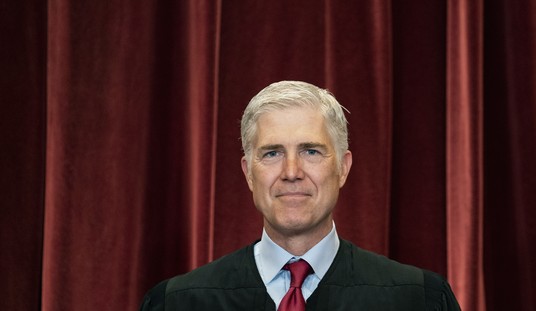I lived in Canada for several years, on and off, and one thing I learned as an American was that the Canadian health care system is the most wonderful health care system in the world, except for when it was actually you that’s sick. I’ve got a half dozen examples, but the one I’ve always thought was most telling was a distant cousin who had a gynecological problem that led to hemorrhaging. She was taken to the emergency room, received prompt palliative treatment that stopped the bleeding, and was given an emergency appointment with a gynecologist.
Which, being this was an emergency, was only six weeks in the future. The Gods alone know how long one has to wait for a regular prophylactic GYN checkup.
This struck me, because I’ve had a lot of contact with medicine in grad school and with physician friends, and knew that if my cousin had come into the Duke Hospital in the same condition, she’s have seen at least a GYN resident before they let her leave, probably before she could take her feet out of the stirrups.
Today, friend and PJM Contributor Paul Hsieh MD has a piece in Liberty Ink Journal (which I’d never seen before), discussing what Canadian and British healthcare is really like in practice:
According to the Vancouver-based Fraser Institute, “Canadian doctors say patients wait almost twice as long for treatment than is clinically reasonable, almost eighteen weeks between the time they see their family physician and the time they receive treatment from a specialist.”
These long waits for medical care naturally result in worse outcomes. A Canadian woman who discovers a lump in her breast might wait several months before she receives the surgery and chemotherapy she needs, while the cancer cells continue to multiply. If she lived in the United States, she could receive treatment within days.
David Gratzer, a doctor who practiced in Canada before moving to the United States, notes similar results for other cancers:
For men, the bladder cancer survival rate in the United States is 15 percent higher than the European average. With prostate cancer, the gap is even larger: 28 percent. For American women, the uterine cancer survival rate is 5 percent higher than the European average; for breast cancer, it is 14 percent higher. The United States has survival rates of 90 percent or higher for five cancers (skin melanoma, breast, prostate, thyroid, and testicular), but there is only one cancer for which the European survival rate reaches 90 percent (testicular). Lung cancer, once considered a death sentence, now has better survival rates over five years—and Americans do better than Europeans, 16 percent versus 11 percent.
Nor does socialized medicine guarantee equal access to care. Lee Kurisko, a physician who also practiced in both Canada and the U.S., notes that Canadians with political “pull” routinely use their clout to “jump the queue” and receive magnetic resonance imaging (MRI) scans and specialized surgeries ahead of ordinary Canadians with greater medical need. Access to healthcare in Canada remains unequal, but based on political favoritism rather than ability to pay—something Kurisko calls the “deep, dark secret” of Canadian medicine. [Emphasis mine — CRM]
So what explains these failures of socialized medicine?
To find out, you’ll have to read the whole thing.








Join the conversation as a VIP Member